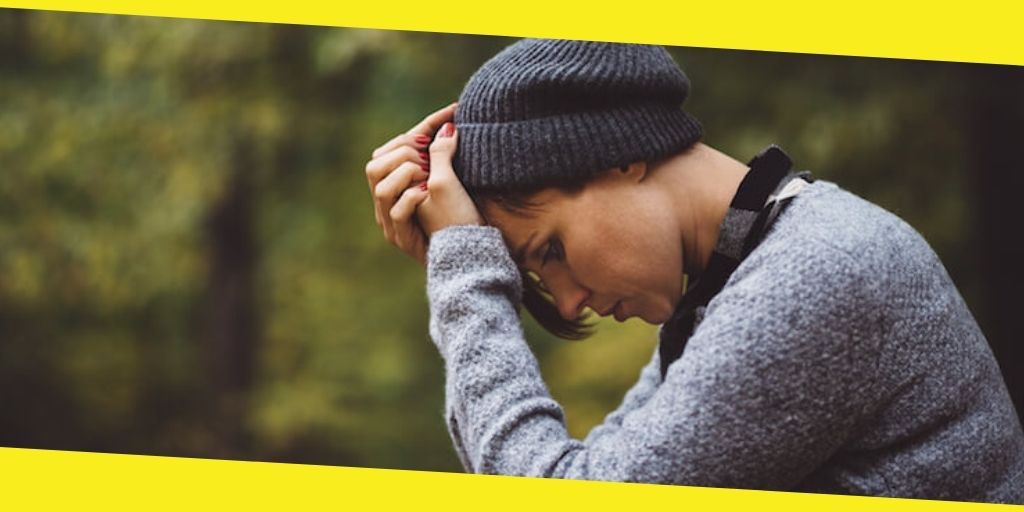Identifying Substance Abuse

Intro:
Nobody wants to think that their family member or loved one has succumbed to substance abuse.
Perhaps even worse, nobody wants to think that they have developed a severe substance abuse problem.
But how do you know the difference between what could be constituted as ‘dabbling’ in potentially addictive substances, and full-blown abuse and addiction?
Well, this isn’t an easy question to answer, which is why we’ve put together this guide to help you understand the signs.
In this post, you’re going to learn what substance use disorder is, and how to spot it.
Let’s dive in and unravel the problem.
What Is Substance Use Disorder?
According to drugfree.org, substance use disorder, which is also commonly referred to as abuse, dependence, and addiction, can be diagnosed if certain criteria for behaviors are met within a 12-month period.
These criteria are outlined in the DSM-5, the Diagnostic and Statistical Manual of Mental Disorders, which was put together by the American Psychiatric Association.
Here are the criteria. If the substance:
-
Is often taken in larger amounts and over longer periods of time than was intended
-
Is desired persistently
-
Hasn’t seen a decrease in use, despite efforts to curb it
-
Takes up a great deal of the person’s time
-
Causes strong cravings, urges, or desires
-
Causes the individual to fail to fulfill important life responsibilities
-
Contributes to relationship problems
-
Causes the person using it to give up important recreational, occupational, or social activities
-
Is consistently used in ways or situations where it is hazardous to do so
-
Is still used, despite knowing that it carries a serious risk of negative physical or psychological problems
-
Causes the person taking it to develop a tolerance that requires more of said substance over time
-
Causes withdrawal symptoms if discontinued
According to the DSM, people who meet 2 to 3 items on this list are said to have a ‘mild’ substance use disorder. People who meet 4 to 5 of them are said to have a ‘moderate’ level of the disorder, and people who meet 6 or more can qualify their disorder as ‘severe.’
Interestingly, the word ‘addiction’ doesn’t appear in the DSM.
In fact, you’ll notice that actual ‘amounts’ for substances aren’t specifically mentioned.
For example:
It doesn’t say that consuming ‘7 beers within 24 hours means that you have a substance use disorder.’
Instead, it gives general guidelines that help to track an overall lack of control where the substance is concerned, and to track how destructive this lack of control is in regards to the infrastructures of this individual’s life.
What Next? What If You’ve Determined That You (Or A Loved One) DO Have A Substance Abuse Problem?
If you’ve figured out, according to this information, that you DO have a substance abuse problem, then taking ownership of it and accepting it as a true fact is really the first step.
It’s important to be honest with yourself and not to live in denial.
With that being said, Narcotics Anonymous has a 12 step program that’s really helpful and useful in determining what the individual steps to sobriety and freedom from substance abuse look like.
You can view the 12 steps here.
If you’re reading this post because you’re concerned for a friend or a loved one, sitting down and having a one-on-one conversation about it with them might be the best approach.
Communicating your concerns in a non-judgemental, loving fashion is likely the best step that you can take in attempting to ‘wake’ your friend or loved one up to the danger of what looks to you like a substance problem that could be negatively impacting their life.
With that being said, this is sometimes a difficult subject to talk about.
A lot of people choose to stay in denial until they face truly tragic consequences. And sometimes, even that isn’t enough to wake them up and make them realize that they have a problem.
Conclusion
There you have it.
Some facts to help you identify substance abuse, along with some simple advice on how to get started sorting it out.
This can be a difficult problem. Realizing that you have a substance abuse problem can be a ‘sobering’ and unpleasant realization.
But, realizing that you have one is actually the first step toward recovery.
Recommended For You
4 Negative Impacts of Multitasking on Brain
Most Inside
Most Inside offers high-quality recommendations and valuable updates to enhance all aspects of your life, providing premium guidance and enriching experiences.




